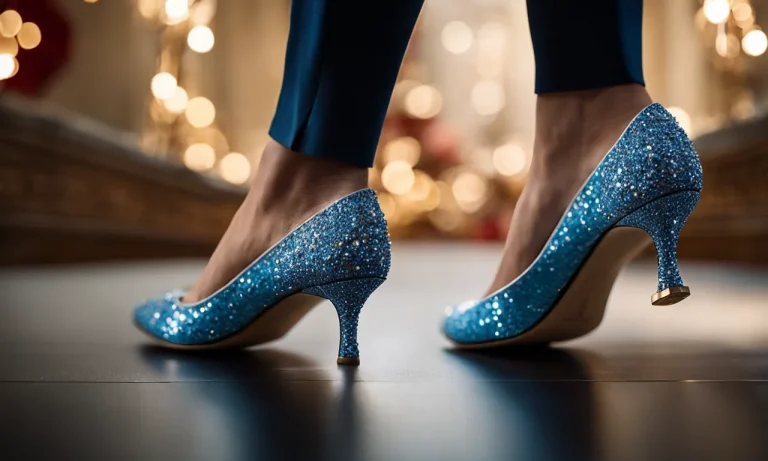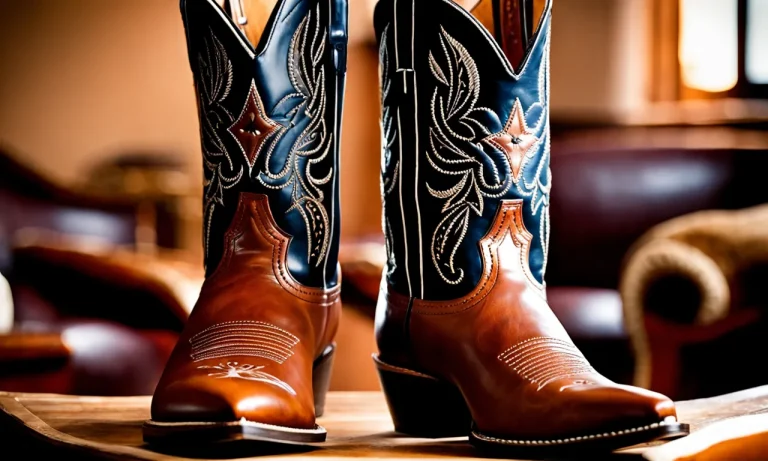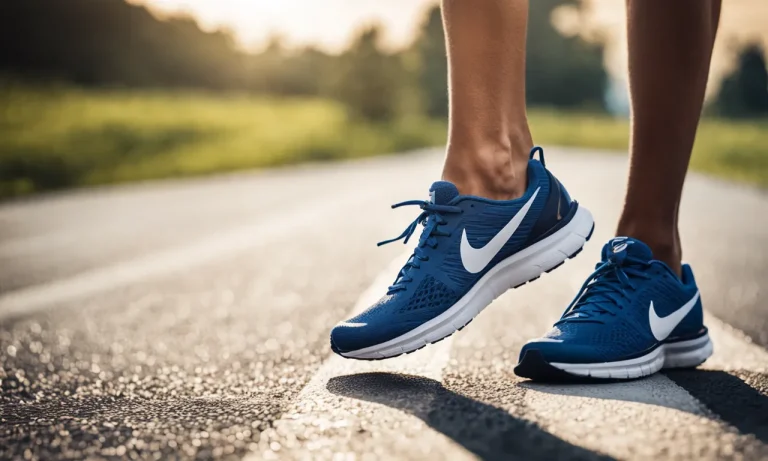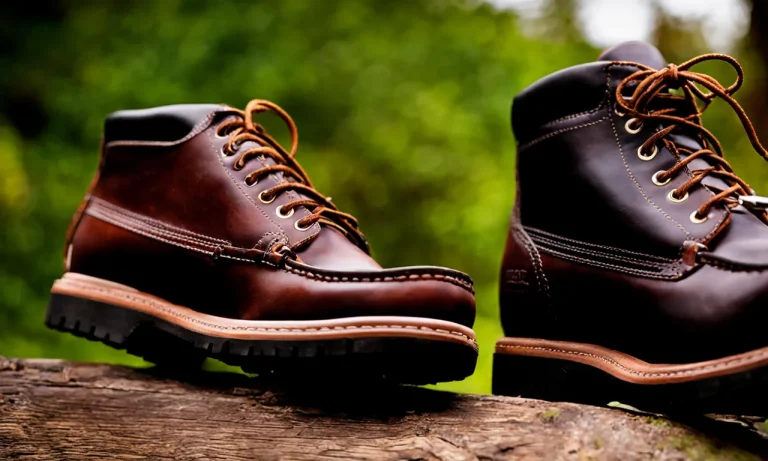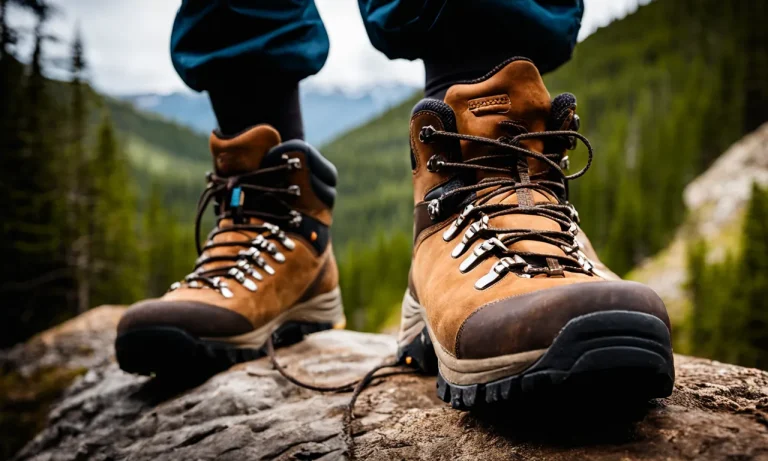If you’re thinking about taking up downhill skiing, one of the first things you’ll need to figure out is how much money to budget for ski equipment. At first glance, the dizzying array of skis and boots on the market can make it seem like an expensive sport, but the good news is that high-quality gear does not have to break the bank.
In this comprehensive guide, we’ll walk you through everything you need to know about ski and boot costs so you can find equipment that matches your skill level and budget.
If you’re short on time, here’s a quick answer to your question: You can expect to spend $500-$1,000 for a good quality ski and boot package as a beginner or intermediate skier. More advanced skiers may want to spend up to $2,000 or more for top-of-the-line equipment.
Factors That Impact Ski and Boot Prices
Skiing Ability Level
The skiing ability level of an individual is one of the key factors that impact the cost of skis and boots. Skis and boots designed for beginners are typically more affordable compared to those designed for advanced or expert level skiers.
This is because skis and boots for advanced skiers often incorporate advanced technologies and materials to enhance performance and durability. As a result, they tend to be priced higher to reflect these features.
However, it’s important to note that there are still plenty of options available for skiers of all levels that offer a great balance between performance and cost.
Ski Construction and Materials
The construction and materials used in the production of skis greatly influence their price. Skis made with high-quality materials such as carbon fiber or titanium are generally more expensive than those made with less advanced materials.
Additionally, the construction techniques employed, such as layered or sandwich construction, can also impact the price. Skis with more intricate construction methods tend to be pricier due to the increased time and expertise required during manufacturing.
It’s worth noting that the choice of construction and materials can significantly affect the performance and durability of skis, so it’s important to consider these factors when making a purchasing decision.
Boot Flex Rating and Features
The flex rating and features of ski boots also play a significant role in determining their cost. The flex rating refers to the stiffness of the boot, with higher flex ratings indicating a stiffer boot.
Boots with higher flex ratings are often preferred by advanced skiers who require greater control and responsiveness. These boots typically come with more advanced features such as customizable liners, adjustable buckles, and improved insulation.
As a result, they tend to be more expensive compared to boots with lower flex ratings and fewer features. However, it’s important to choose boots that match your skiing ability and preferences, as using boots that are too stiff or too soft can negatively impact your skiing experience and performance.
Ski Costs
When it comes to skiing, having the right equipment is essential for an enjoyable and safe experience on the slopes. One of the most important investments you’ll need to make is in a pair of skis. The cost of skis can vary depending on factors such as the brand, the type of ski, and the level of expertise.
In this article, we will explore the average costs of skis and boots in 2023 to help you budget for your next ski trip.
Beginner Skis
For those new to skiing, it’s important to choose skis that are designed for beginners. These skis are typically more forgiving and easier to maneuver, making them ideal for learning the basics. The cost of beginner skis can range from $200 to $500.
It’s important to keep in mind that investing in a quality pair of skis will not only enhance your skiing experience but also ensure your safety on the slopes.
Intermediate Skis
Once you have gained some experience on the slopes and have developed your skills, you may want to upgrade to a pair of intermediate skis. These skis are designed for skiers who are comfortable on a variety of terrain and are looking to progress their skills.
The cost of intermediate skis can range from $500 to $800. These skis often offer better performance and more advanced features compared to beginner skis.
Advanced/Expert Skis
For those who have mastered the art of skiing and are looking for high-performance skis, advanced or expert skis are the way to go. These skis are designed for experienced skiers who are seeking maximum speed, control, and precision on the slopes.
The cost of advanced/expert skis can range from $800 and above. These skis are often made with top-of-the-line materials and advanced technologies to provide the best performance possible.
It’s important to note that the costs mentioned above are average prices and can vary depending on various factors such as brand, model, and any additional features. It’s always a good idea to do your research and read reviews before making a purchase.
Additionally, it’s recommended to try out different skis before buying to ensure the best fit and performance for your skiing style.
For more information on ski costs and to compare prices from different retailers, you can visit websites such as skis.com or evo.com.
Boot Costs
Beginner Boots
For those just starting out in skiing, investing in a pair of beginner boots is a great way to get started without breaking the bank. Beginner boots typically range in price from $150 to $300. These boots are designed to provide comfort and support for beginners as they learn the basics of skiing.
While they may not have all the advanced features of higher-end boots, they are still a reliable option for those looking to hit the slopes for the first time. It’s important to remember that proper fit and comfort should be the top priority when choosing beginner boots.
Intermediate Boots
As skiers progress in their skills and experience, they may find themselves in need of more advanced boots. Intermediate boots offer a balance of performance and comfort, making them suitable for skiers who have mastered the basics and want to take their skiing to the next level.
These boots typically range in price from $300 to $500. They often feature enhanced responsiveness, better energy transfer, and improved fit, allowing skiers to tackle more challenging terrain with confidence.
Investing in a pair of intermediate boots can greatly enhance the skiing experience for those who are looking to progress.
Advanced/Expert Boots
For the advanced or expert skiers who crave high-performance and precision, advanced/expert boots are the way to go. These boots are designed for those who push the limits and demand the best from their equipment.
Advanced/expert boots can range in price from $500 to $1000 or even more, depending on the specific features and technologies they offer. These boots often incorporate advanced materials, such as carbon fiber, to reduce weight and increase responsiveness.
They also feature customizable fit options and advanced buckling systems for optimal control and power transmission. While they may come at a higher price tag, advanced/expert boots provide the necessary support and performance for skiers who are dedicated to mastering their craft.
It’s important to note that these price ranges are approximate and can vary depending on factors such as brand, model, and retailer. It’s always a good idea to do some research and try on different boots to find the right fit and performance level for your skiing needs.
Additionally, considering buying boots from reputable retailers or visiting a professional boot fitter can ensure you get the best possible fit and value for your investment. Happy skiing!
Saving Money on Ski Gear
Buy During Off-Season Sales
If you’re looking to save money on ski gear, one of the best strategies is to buy during off-season sales. Many retailers offer discounts on ski equipment during the spring and summer months when skiing is not in high demand.
These sales can be a great opportunity to snag a pair of skis or boots at a fraction of the regular price. Keep an eye out for these sales at local ski shops or online retailers. You might be surprised at the deals you can find!
For example, websites like Evo and Backcountry often have end-of-season sales where you can find discounted ski gear. By purchasing during these sales, you can save money and still get high-quality equipment.
Consider Renting
If you’re only an occasional skier or don’t want to invest a lot of money upfront, renting ski gear can be a cost-effective option. Renting allows you to enjoy the slopes without the long-term commitment or expense of buying your own equipment.
Ski resorts and rental shops typically offer a range of ski packages to suit different skill levels and budgets.
Renting is also a great option if you’re trying out skiing for the first time or if you’re unsure about what type of skis or boots are right for you. It gives you the opportunity to test different equipment before making a purchase.
Buy Used/Demo Equipment
Another way to save money on ski gear is by buying used or demo equipment. Many ski shops and online marketplaces offer used skis and boots at discounted prices. While these items may have some wear and tear, they can still provide a great skiing experience at a fraction of the cost.
Some ski shops also offer demo equipment, which is gear that has been lightly used as a demo model. These items are often sold at a lower price compared to brand new equipment. Buying used or demo equipment can be a smart choice for budget-conscious skiers who still want quality gear.
Remember, when buying used or demo equipment, it’s important to thoroughly inspect the items for any damage or signs of wear. Additionally, be sure to check the return policy of the seller to ensure you’re protected in case the gear doesn’t meet your expectations.
By following these tips and exploring different options, you can save money on ski gear without compromising on quality. Whether you choose to buy during off-season sales, rent equipment, or purchase used/demo gear, you can enjoy hitting the slopes without breaking the bank. Happy skiing!
Conclusion
The costs of downhill skiing equipment can seem intimidating at first, but understanding the factors that impact pricing and looking for deals can help you get quality gear that matches your skill level and budget.
With the right skis and boots, you’ll be ready to hit the slopes in style and take your skiing abilities to new heights. Don’t let sticker shock keep you off the mountain – with this guide, you can pick equipment that is affordable and helps you progress as a skier.


